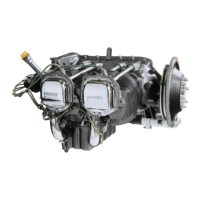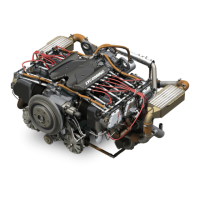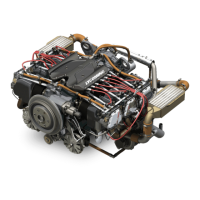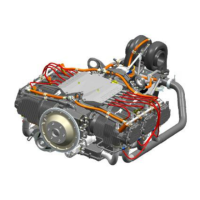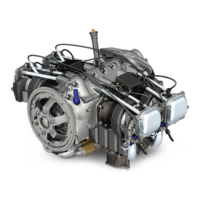Do you have a question about the Lycoming IO-390-D Series and is the answer not in the manual?
Details the manual's coverage, including installation, operation, and fuels.
Explains adherence to regulations and service document supersessions.
Defines safety advisory message conventions used in the manual.
Describes the four cylinders and their components.
Details the crankcase construction and its role in the engine.
Explains the ignition system components, including spark plugs and harness.
Outlines the fuel manifold, injectors, nozzles, and pump.
Describes the wet sump, oil pump, filter, and lines.
Identifies cylinder numbering and firing order.
Verifies engine serial and model numbers against documentation.
Instructions for safely lifting the engine using proper equipment.
Details preparation for new, rebuilt, or stored engines.
Procedures for depreservation of engines stored for extended periods.
Lists optional equipment and requirements for airframe preparation.
Connecting electrical interfaces for engine operation.
Procedures for mounting the engine securely to the airframe.
Connecting fuel lines, ensuring no contamination or leaks.
Procedures and precautions for adding engine oil.
Critical steps to circulate oil before initial start to prevent damage.
Steps for conducting the ground operational test.
Emphasizes adherence to manual specifications for warranty.
Checklist for pre-flight checks before engine initiation.
Detailed procedure for starting the engine.
Process for seating piston rings and stabilizing oil consumption.
Pre-flight checks before starting the engine for routine operation.
Routine procedure for starting the engine.
Procedures for normal engine operation, including in-flight.
Guidance on leaning the fuel mixture for performance and economy.
Procedures for pre-heating engines in cold weather.
Recommended procedures for starting engines in cold weather.
Actions to take if the engine operates above its rated RPM.
Procedures for handling low oil pressure during flight.
Measures to prevent corrosion on engines not in frequent use.
Procedures for preserving engines stored for 31-60 days.
| Number of Cylinders | 4 |
|---|---|
| Compression Ratio | 8.7:1 |
| Ignition System | Dual Magneto |
| Engine Type | Horizontally Opposed, Air-Cooled |
| Displacement | 390 cubic inches (6.4 L) |
| Bore | 5.125 in (130.2 mm) |
| Maximum Power | 210 hp at 2700 RPM |
| Fuel Type | Avgas 100LL |
| Fuel System | Injection |
| Oil Capacity | 8 quarts (7.6 L) |
| TBO (Time Between Overhaul) | 2000 hours |
| Aspiration | Normally Aspirated |
| Cooling | Air-cooled |
